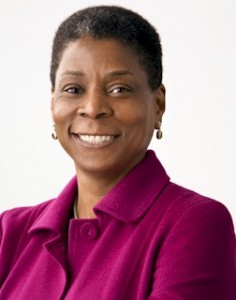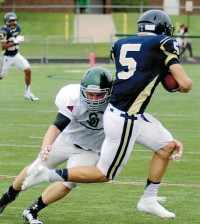Ursula Burns Success Story
- Tweet
- Pin It
-
A summer internship turned into a full-time job in 1981, when Xerox hired Burns as soon as she completed her master’s degree in mechanical engineering at Columbia University. It wasn’t necessarily the predictable path for someone who grew up “very, very poor” in a Manhattan housing project, raised by a single mother “who was struggling to feed us properly and make sure that we got a good education,” Burns recounts in the film.
A few years later, her mother’s admonition to speak up brought Burns to the attention of Xerox senior executive Wayland Hicks when she challenged him over the role of women and minorities at the
company. By 1990, she was Hicks’s top assistant, starting her ascent up the corporate ladder. At the age of 51, almost three decades after joining the company as an intern, she was named CEO.
Burns became the first black woman to be named CEO of a Fortune 500 company. The transition also marked the first time a woman CEO had stepped aside and named another woman as her successor.
But the distinguishing traits of Burns’s corporate rise didn’t end there. As the press prepared biographies of the new leader, they uncovered a success story remarkably different from that of her predecessor:Where Malachy, the daughter of a New York publishing house editor, had grown up in a middle-class Long Island, New York, home, Burns had spent her early years on the Lower East Side of Manhattan in a low-income housing project called The Baruch Houses.
Raised by a single mother, she was one of three children who shared two absentee fathers. To pay the bills and send her children to Catholic school, Burns’s mother, Olga, ran an at-home daycare center and took in ironing.
Surprisingly, Burns has been known to talk about her early life in the projects with some fondness. In those days, the idea of high-density subsidized housing was still new, and the experiment held some promise. Still, as writer Michael Wilson pointed out in a New York Times story last spring, “It was not all hopscotch-and-shaved-ice idylls.” The Baruch Houses, he wrote, opened in 1953 “amid dirty alleys and half-demolished buildings. Born in 1958, Ursula M. Burns, was not yet 3 when a group of five teenagers shot and killed a 76-year-old man in the project for $2.60.”
Sources: minyanville.com, Forbes.com





